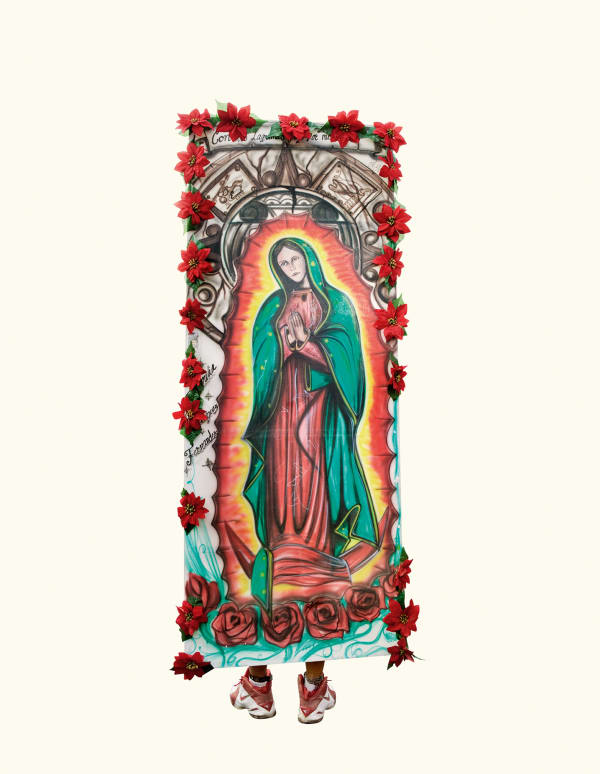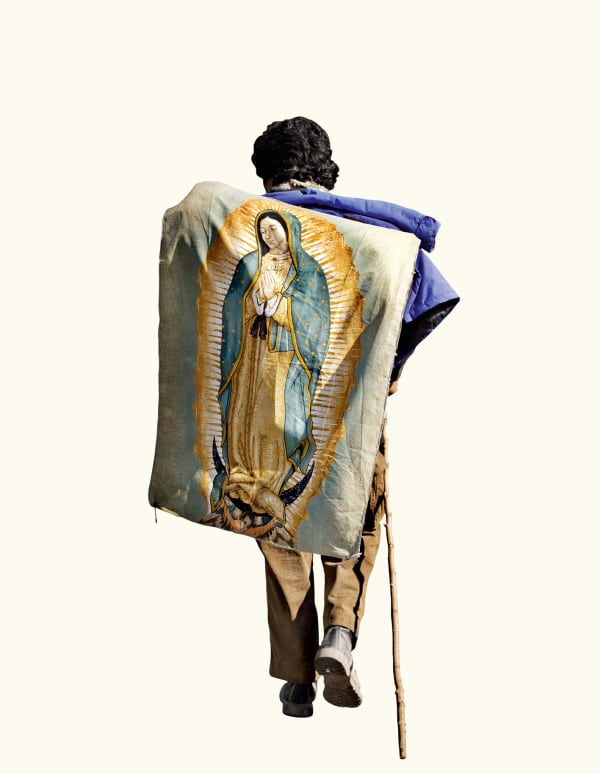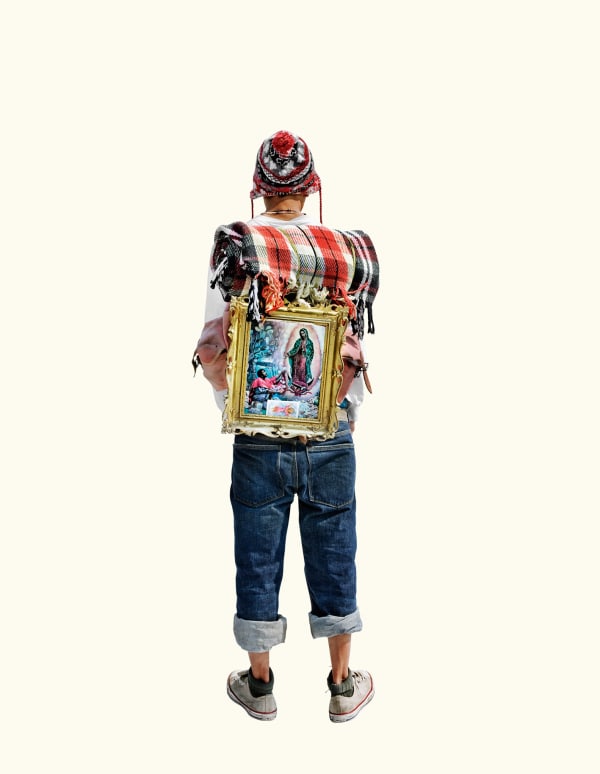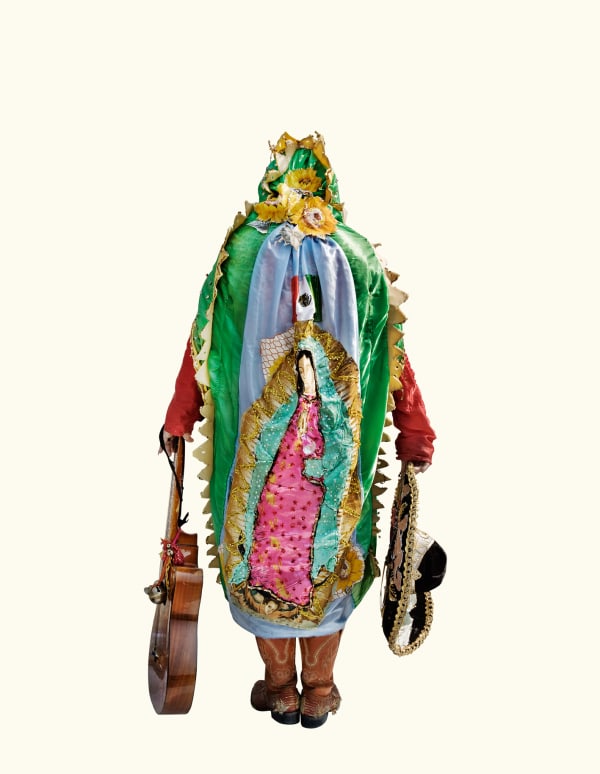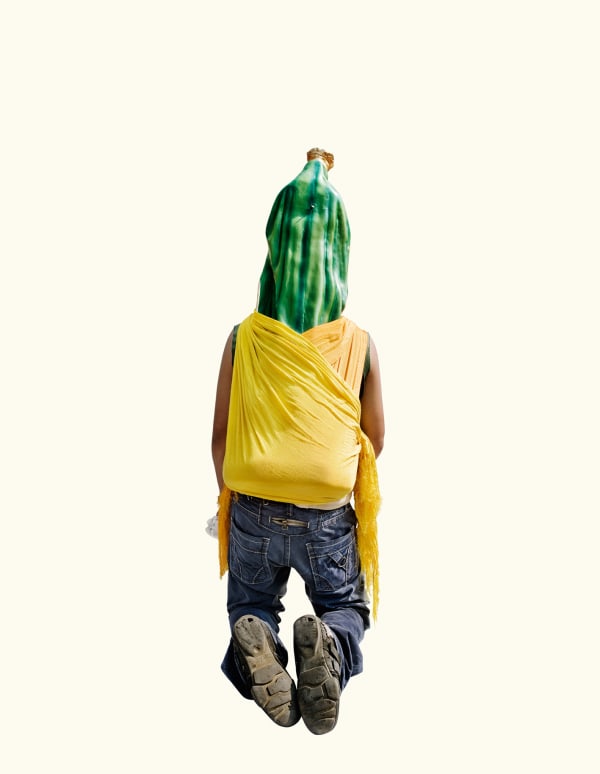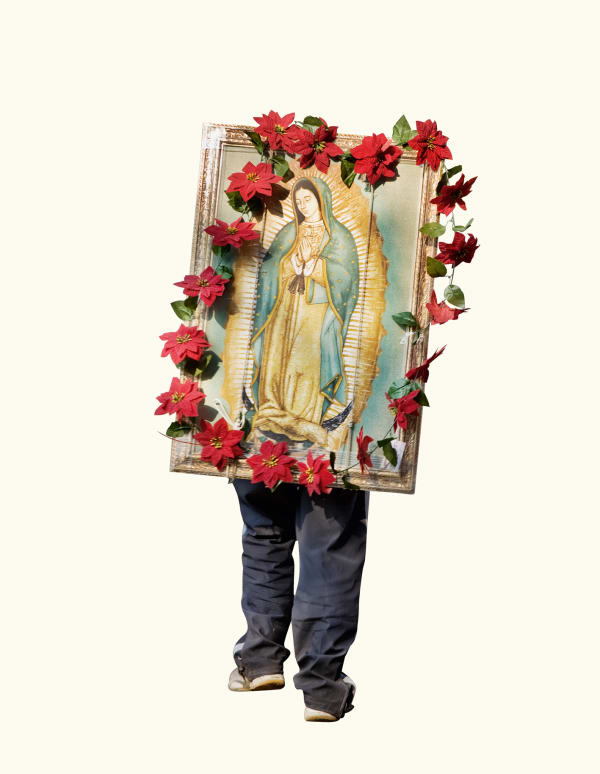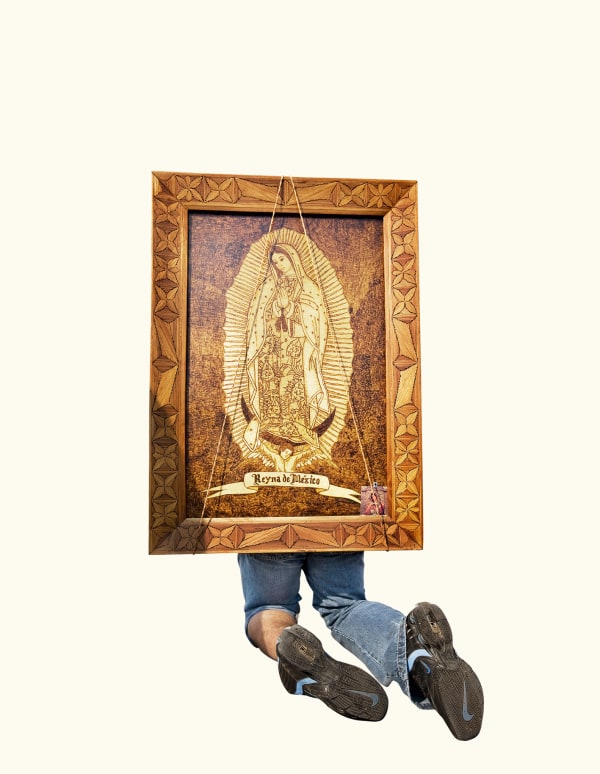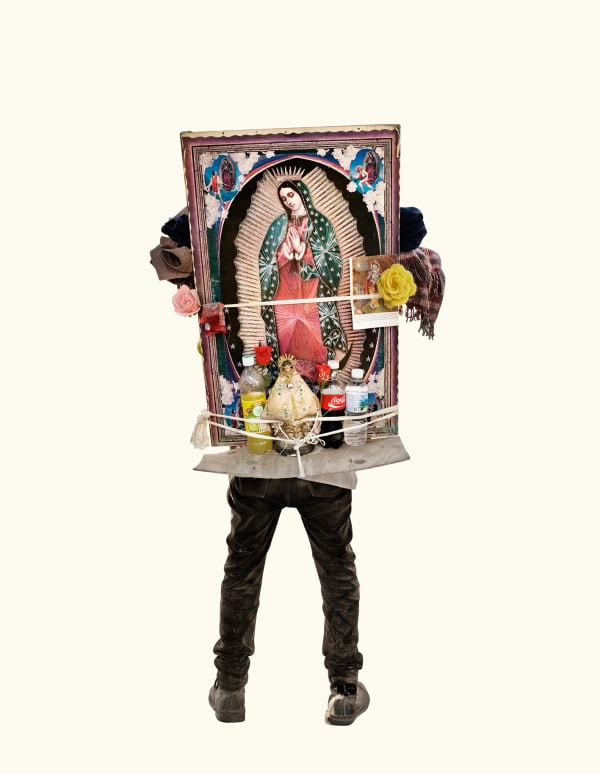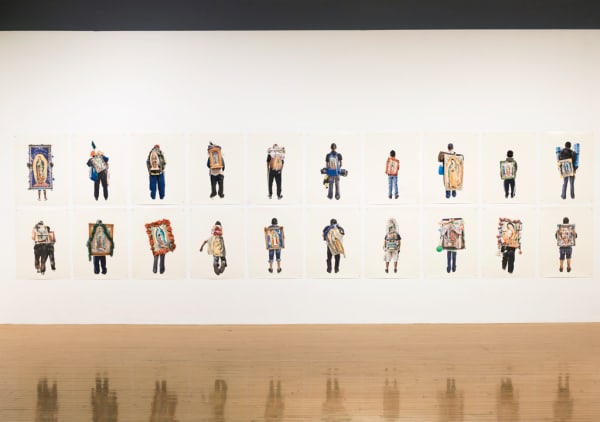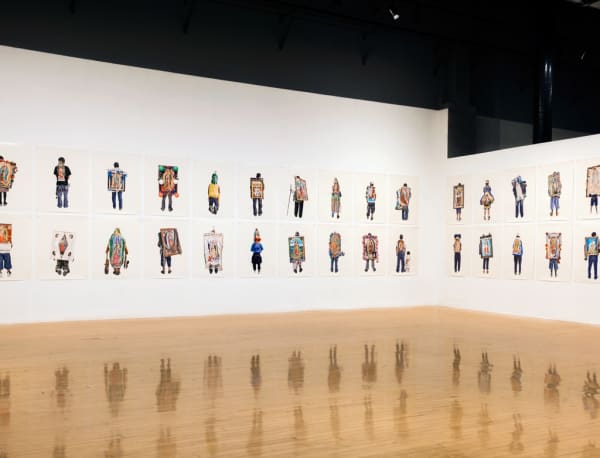Preus Museum Norway | Alinka Echeverria: 'The Road to Tepeyac'
The official opening of these two exhibitions that celebrate Mexico: “Lola Álvarez Bravo (1903-93)” and “Alinka Echeverría: The Road to Tepeyac” was opened at Preus Museum on Sunday March 18th 2018.
The historic exhibition with the images of Lola Álvarez Bravo is the result of the cooperation between Preus Museum and the Mexican Embassy in Norway and The Televisa Foundation Collection and Archive, which was curated by James Oles.
This exhibition will feature 80-90 photographs by Lola Álvarez Bravo (1903-1993), one of the leading Mexican photographers of the first half of the 20th century. Álvarez Bravo married Manuel Álvarez Bravo in 1925, and kept his name even after their separation (1934) and later divorce. Lola's professional career was largely dedicated to documentary work, especially for varied agencies of the Mexican government, at a time when few women took such an independent position. She was also an important portraitist and created a rich body of personal images from the late 1920s through the 1980s. Although some of her early images were inspired by the tight formalism of Weston and Modotti, and the distant, poetic approach of her husband, many of her most famous works focus on rural populations, and thus echo the nationalist realism and indigenismo of her closest friends in the art world, including Diego Rivera and Frida Kahlo.
“The Road to Tepeyac” is a collaboration with the artist, Alinka Echeverría, and The Ravestijn Gallery in Amsterdam, The Netherlands.
Alinka Echeverría (born 1981 in Mexico City) is an artist that works with photography’s expanded field. She holds a Masters degree in Social Anthropology and Development from the University in Edinburgh (2004) as well as a post graduate degree in photography from the International Center for Photography in New York (2008). With her combined training in photography and social anthropology, she brings a critical approach to questions of visual representation.
In “The Road to Tepeyac” her social anthropological background is clear. By highlighting all the devout Mexican pilgrims carrying their personal image of the Virgin of Guadalupe on the anniversary of her apparition in 1531, she shows the kaleidoscopic experience of multiple re-presentations of the sacred image and deconstructs the historical, political, philosophical, psychological and anthropological relationship between an invisible presence and its materialized expression.
-
 Alinka Echeverría, The Road to Tepeyac #100, 2010
Alinka Echeverría, The Road to Tepeyac #100, 2010 -
 Alinka Echeverría, The Road to Tepeyac #104, 2010
Alinka Echeverría, The Road to Tepeyac #104, 2010 -
 Alinka Echeverría, The Road to Tepeyac #119, 2010
Alinka Echeverría, The Road to Tepeyac #119, 2010 -
 Alinka Echeverría, The Road to Tepeyac #124, 2010
Alinka Echeverría, The Road to Tepeyac #124, 2010 -
 Alinka Echeverría, The Road to Tepeyac #19, 2010
Alinka Echeverría, The Road to Tepeyac #19, 2010 -
 Alinka Echeverría, The Road to Tepeyac #2, 2010
Alinka Echeverría, The Road to Tepeyac #2, 2010 -
 Alinka Echeverría, The Road to Tepeyac #3, 2010
Alinka Echeverría, The Road to Tepeyac #3, 2010 -
 Alinka Echeverría, The Road to Tepeyac #34, 2010
Alinka Echeverría, The Road to Tepeyac #34, 2010 -
 Alinka Echeverría, The Road to Tepeyac #35, 2010
Alinka Echeverría, The Road to Tepeyac #35, 2010 -
 Alinka Echeverría, The Road to Tepeyac #36, 2010
Alinka Echeverría, The Road to Tepeyac #36, 2010 -
 Alinka Echeverría, The Road to Tepeyac #37, 2010
Alinka Echeverría, The Road to Tepeyac #37, 2010 -
 Alinka Echeverría, The Road to Tepeyac #38, 2010
Alinka Echeverría, The Road to Tepeyac #38, 2010 -
 Alinka Echeverría, The Road to Tepeyac #39, 2010
Alinka Echeverría, The Road to Tepeyac #39, 2010 -
 Alinka Echeverría, The Road to Tepeyac #41, 2010
Alinka Echeverría, The Road to Tepeyac #41, 2010 -
 Alinka Echeverría, The Road to Tepeyac #47, 2010
Alinka Echeverría, The Road to Tepeyac #47, 2010 -
 Alinka Echeverría, The Road to Tepeyac #49, 2010
Alinka Echeverría, The Road to Tepeyac #49, 2010 -
 Alinka Echeverría, The Road to Tepeyac #6 (Kneeling woodwork), 2010
Alinka Echeverría, The Road to Tepeyac #6 (Kneeling woodwork), 2010 -
 Alinka Echeverría, The Road to Tepeyac #63, 2010
Alinka Echeverría, The Road to Tepeyac #63, 2010 -
 Alinka Echeverría, The Road to Tepeyac #67, 2010
Alinka Echeverría, The Road to Tepeyac #67, 2010 -
 Alinka Echeverría, The Road to Tepeyac #68, 2010
Alinka Echeverría, The Road to Tepeyac #68, 2010 -
 Alinka Echeverría, The Road to Tepeyac #7, 2010
Alinka Echeverría, The Road to Tepeyac #7, 2010 -
 Alinka Echeverría, The Road to Tepeyac #71, 2010
Alinka Echeverría, The Road to Tepeyac #71, 2010 -
 Alinka Echeverría, The Road to Tepeyac #84, 2010
Alinka Echeverría, The Road to Tepeyac #84, 2010 -
 Alinka Echeverría, The Road to Tepeyac #87, 2010
Alinka Echeverría, The Road to Tepeyac #87, 2010


